Home>Technology>Home Entertainment Systems>What Phone Has A Projector
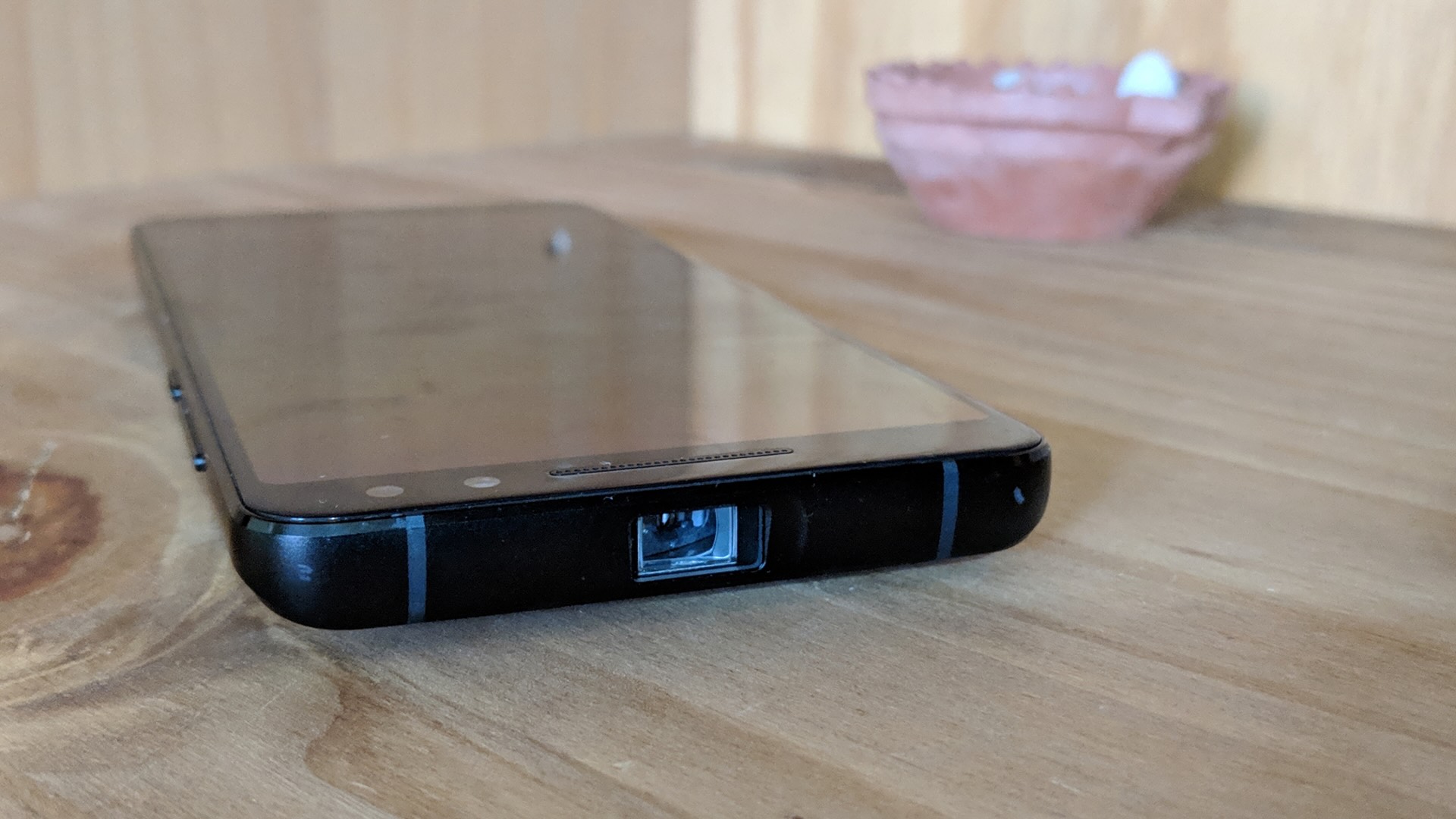

Home Entertainment Systems
What Phone Has A Projector
Modified: January 9, 2024
Discover the ultimate home entertainment system with a phone that features a built-in projector. Enjoy movies, videos, and presentations on the big screen anytime, anywhere. Experience the convenience and versatility of a projector phone today!
(Many of the links in this article redirect to a specific reviewed product. Your purchase of these products through affiliate links helps to generate commission for Storables.com, at no extra cost. Learn more)
Introduction
In today's fast-paced world, where technology continues to evolve at an unprecedented rate, the integration of advanced features into smartphones has become increasingly common. One such innovation that has captured the imagination of tech enthusiasts and casual users alike is the incorporation of projectors into mobile devices. The ability to transform a smartphone into a portable cinema or presentation tool is an enticing prospect, blurring the lines between traditional entertainment systems and modern handheld devices.
The concept of a phone with a built-in projector may seem futuristic, yet it has steadily gained traction in the tech industry. This article aims to delve into the intricacies of phone projectors, shedding light on how they function, the popular models that feature this capability, their advantages and limitations, and essential considerations for individuals contemplating the purchase of such a device.
As we embark on this exploration, it's crucial to recognize the profound impact that phone projectors can have on our daily lives. Whether it's for sharing captivating multimedia content with friends and family, delivering compelling presentations in professional settings, or simply enjoying an immersive viewing experience on a larger screen, the potential applications of phone projectors are vast and diverse.
Join me on this enlightening journey as we uncover the magic behind phone projectors and gain valuable insights into the world of cutting-edge mobile technology.
Key Takeaways:
- Phone projectors use advanced technology to turn smartphones into portable cinemas or presentation tools, offering immersive entertainment and on-the-go sharing capabilities.
- Popular phones with built-in projectors provide versatile multimedia experiences, but users should consider factors like battery life and projection quality before making a choice.
Read more: How To Cast Phone To Projector
How Does a Phone Projector Work?
At the heart of a phone projector lies a miniature marvel of optical engineering: the micro projector, also known as a pico projector. These compact devices employ advanced technologies to project images and videos onto a flat surface, effectively turning any suitable area into a display screen. Understanding the inner workings of a phone projector can illuminate the ingenuity behind this innovative feature.
Phone projectors utilize either DLP (Digital Light Processing) or LCoS (Liquid Crystal on Silicon) technology to generate and project images. DLP projectors employ an array of microscopic mirrors to reflect light and create the projected image, while LCoS projectors use liquid crystals to modulate light and produce high-resolution visuals. Both technologies are capable of delivering impressive image quality, with DLP excelling in brightness and LCoS offering superior color accuracy.
For a phone to integrate a projector, space-saving design and power efficiency are paramount. Consequently, manufacturers have developed compact, low-power projection modules that seamlessly integrate into the smartphone’s form factor. These modules feature miniature light sources, such as LEDs, and intricate optical components to ensure a streamlined projection process without compromising the phone’s sleek and portable design.
When a user activates the projector function on a compatible phone, the device orchestrates a series of intricate processes. The phone’s software interfaces with the projector module, signaling it to emit light and generate the desired image or video content. The projected image is then focused and displayed onto a nearby surface, creating a captivating visual experience that defies the conventional confines of a smartphone screen.
Furthermore, advancements in projection technology have enabled phones to incorporate auto-focus and keystone correction mechanisms, ensuring that the projected image remains sharp and distortion-free, even when the phone is not perfectly aligned with the projection surface. These features enhance the user experience and contribute to the seamless integration of projector functionality into the smartphone ecosystem.
By harnessing the power of miniaturized projection technology, phone projectors empower users to unleash their creativity, share content effortlessly, and elevate their multimedia experiences to new heights. The convergence of cutting-edge optics and smartphone innovation has paved the way for a new era of portable projection, redefining the possibilities of visual communication and entertainment on the go.
Popular Phones with Built-in Projectors
As the demand for multifunctional smartphones continues to soar, several prominent manufacturers have introduced models equipped with built-in projectors, catering to users’ diverse needs and preferences. These innovative devices seamlessly integrate the convenience of a smartphone with the immersive experience of a portable projector, offering a compelling blend of versatility and entertainment. Let’s explore some of the popular phones that have captivated consumers with their integrated projector capabilities.
- Moto Z Series: Motorola’s Moto Z series has garnered attention for its modular design, which allows users to attach Moto Mods, including a snap-on projector module. This ingenious approach enables Moto Z users to instantly transform their smartphones into portable projectors, delivering an impressive viewing experience on the fly.
- Xperia Touch: Sony’s Xperia Touch stands out as a unique offering, boasting an interactive Android projector that can turn any flat surface into a touchscreen. This innovative device not only projects images and videos but also supports interactive gestures, opening up a world of possibilities for immersive digital experiences.
- Blackview Max 1: The Blackview Max 1 showcases the integration of a built-in projector within a rugged smartphone, catering to outdoor enthusiasts and professionals who require a durable device with projection capabilities. This robust phone offers the convenience of a projector without compromising on durability and performance.
- ZTE Spro 2: ZTE’s Spro 2 is a compact smart projector that doubles as an Android-powered mobile hotspot and features a built-in touchscreen for seamless navigation. This versatile device serves as a standalone projector while also offering the functionality of a full-fledged Android device, providing users with a comprehensive mobile projection solution.
- Lenovo Smart Cast: Lenovo’s Smart Cast smartphone boasts an innovative laser projector that can project a virtual keyboard onto any surface, effectively transforming the phone into a portable workstation. This pioneering device exemplifies the convergence of projection technology and smartphone functionality, offering a glimpse into the future of mobile productivity.
These remarkable smartphones with built-in projectors exemplify the industry’s commitment to pushing the boundaries of mobile innovation. By integrating projection capabilities into these devices, manufacturers have empowered users to enjoy immersive multimedia experiences, share content effortlessly, and harness the power of portable projection in a compact and versatile form factor.
Advantages and Limitations of Phones with Projectors
Phones equipped with built-in projectors offer a host of advantages that cater to diverse user needs, ranging from entertainment and productivity to convenience and portability. However, it’s essential to consider the potential limitations associated with this innovative feature. By examining both the advantages and limitations, users can make informed decisions when evaluating the suitability of phones with integrated projectors for their specific requirements.
Advantages:
- Portability: The integration of projectors into smartphones enables users to carry a compact and versatile multimedia solution wherever they go, eliminating the need for separate projection equipment.
- Immersive Entertainment: With a built-in projector, users can transform any suitable surface into a captivating display, enhancing their viewing experience for movies, videos, and multimedia content.
- On-the-Go Presentations: Professionals and students can leverage the projector functionality to deliver impromptu presentations or share content without relying on external projection devices.
- Convenience: The seamless integration of a projector into a smartphone streamlines the process of sharing photos, videos, and presentations with friends, family, or colleagues, fostering effortless collaboration and communication.
- Versatility: Phones with built-in projectors offer a diverse range of applications, from entertainment and education to business and creative endeavors, making them a versatile tool for various scenarios.
Read more: How To Connect TMY Projector To Phone
Limitations:
- Battery Consumption: Using the projector feature can consume additional battery power, potentially reducing the phone’s overall battery life, especially during extended projection sessions.
- Projection Brightness: While phone projectors have made significant advancements, their brightness may not match that of dedicated standalone projectors, impacting visibility in well-lit environments.
- Image Size and Quality: The projected image size and resolution may be limited compared to traditional projectors, affecting the overall viewing experience, particularly in larger settings.
- Heat Dissipation: Projector operation can generate heat within the phone, necessitating efficient heat dissipation mechanisms to prevent thermal issues and maintain optimal performance.
- Environmental Constraints: Projection surfaces must be adequately flat and suitable for projection, limiting the flexibility of projection locations compared to standalone projectors.
By weighing these advantages and limitations, individuals can assess the practicality and utility of phones with integrated projectors, determining whether the benefits align with their specific usage scenarios and preferences. Understanding the nuances of this feature empowers users to make informed choices, embracing the transformative potential of mobile projection while being mindful of its inherent considerations.
What to Consider When Choosing a Phone with a Projector
When embarking on the quest to select a phone with a built-in projector, several crucial factors warrant careful consideration to ensure that the chosen device aligns with one’s preferences, usage scenarios, and expectations. By evaluating these essential aspects, prospective buyers can make informed decisions and identify the ideal phone that seamlessly integrates projection capabilities with the versatility and functionality of a smartphone.
Projection Technology:
Understanding the underlying projection technology employed in the phone is pivotal. Whether it utilizes DLP or LCoS technology can significantly impact image quality, brightness, and color accuracy, thereby influencing the overall viewing experience. Users should assess the performance attributes associated with the specific projection technology integrated into the phone to align with their visual preferences.
Battery Life and Efficiency:
Given that projector usage can impact battery life, evaluating the phone’s battery capacity, efficiency during projection, and the ability to sustain extended projection sessions is paramount. A balance between projection performance and battery longevity is essential to ensure uninterrupted usage without compromising the phone’s overall functionality.
Read also: 15 Amazing Phone Projector For 2025
Projection Quality and Features:
Assessing the projected image quality, including resolution, brightness, and focus capabilities, is crucial. Additionally, features such as auto-focus, keystone correction, and interactive projection functionalities can enhance the user experience and expand the versatility of the phone’s projection capabilities, warranting careful consideration.
Form Factor and Design:
The seamless integration of a projector within the phone’s form factor without sacrificing portability, aesthetics, or ergonomics is vital. Users should evaluate the overall design, dimensions, and weight of the phone to ensure that the projection feature complements the device’s portability and usability without compromising its sleek and practical attributes.
Content Sharing and Compatibility:
Assessing the ease of sharing multimedia content, compatibility with various file formats, and the ability to project from different sources, such as the phone’s internal storage, cloud services, or external devices, is essential. Seamless content sharing and broad compatibility enhance the phone’s utility as a versatile projection tool for diverse usage scenarios.
Long-Term Reliability and Support:
Evaluating the manufacturer’s commitment to long-term support, software updates, and the overall reliability of the phone’s projection functionality is crucial. A robust support ecosystem and a track record of consistent performance and updates contribute to a positive user experience and long-term satisfaction with the device.
By carefully considering these pivotal factors, users can navigate the landscape of phones with built-in projectors with confidence, identifying a device that seamlessly integrates projection capabilities with the inherent functionality and versatility of a modern smartphone. This discerning approach empowers individuals to embrace the immersive potential of mobile projection while aligning with their specific preferences and requirements.
Conclusion
The convergence of smartphones and projection technology has ushered in a new era of portable multimedia experiences, offering users a compelling blend of versatility, entertainment, and productivity. As we reflect on the captivating capabilities of phones with built-in projectors, it becomes evident that these innovative devices have transcended traditional boundaries, redefining the concept of portable projection and empowering users with transformative possibilities.
From impromptu movie nights and immersive multimedia viewing to on-the-go presentations and collaborative content sharing, the integration of projectors into smartphones has unlocked a world of opportunities, seamlessly blending entertainment, communication, and creativity into a single, compact device. The remarkable advancements in projection technology, coupled with the sleek and portable design of modern smartphones, have culminated in a harmonious synergy that transcends the confines of conventional multimedia devices.
As users navigate the landscape of phones with integrated projectors, it’s imperative to embrace a discerning approach, considering the nuances of projection technology, battery efficiency, image quality, and long-term reliability. By doing so, individuals can make informed decisions, selecting a device that aligns with their unique preferences, usage scenarios, and aspirations for seamless integration of projection capabilities into their mobile lifestyles.
Looking ahead, the continued evolution of smartphone projectors holds the promise of even more immersive experiences, enhanced functionality, and seamless integration with everyday tasks. Whether it’s the seamless sharing of captivating content, the convenience of portable presentations, or the sheer joy of transforming any surface into a vibrant display, phones with built-in projectors are poised to continue captivating users and redefining the boundaries of mobile entertainment and productivity.
As we embrace the transformative potential of phone projectors, we embark on a journey fueled by innovation, creativity, and the relentless pursuit of seamless integration. The fusion of projection technology and smartphone ingenuity has illuminated a path towards boundless possibilities, inviting users to embark on a captivating adventure where the world becomes a canvas for immersive experiences, shared moments, and limitless imagination.
Frequently Asked Questions about What Phone Has A Projector
Was this page helpful?
At Storables.com, we guarantee accurate and reliable information. Our content, validated by Expert Board Contributors, is crafted following stringent Editorial Policies. We're committed to providing you with well-researched, expert-backed insights for all your informational needs.

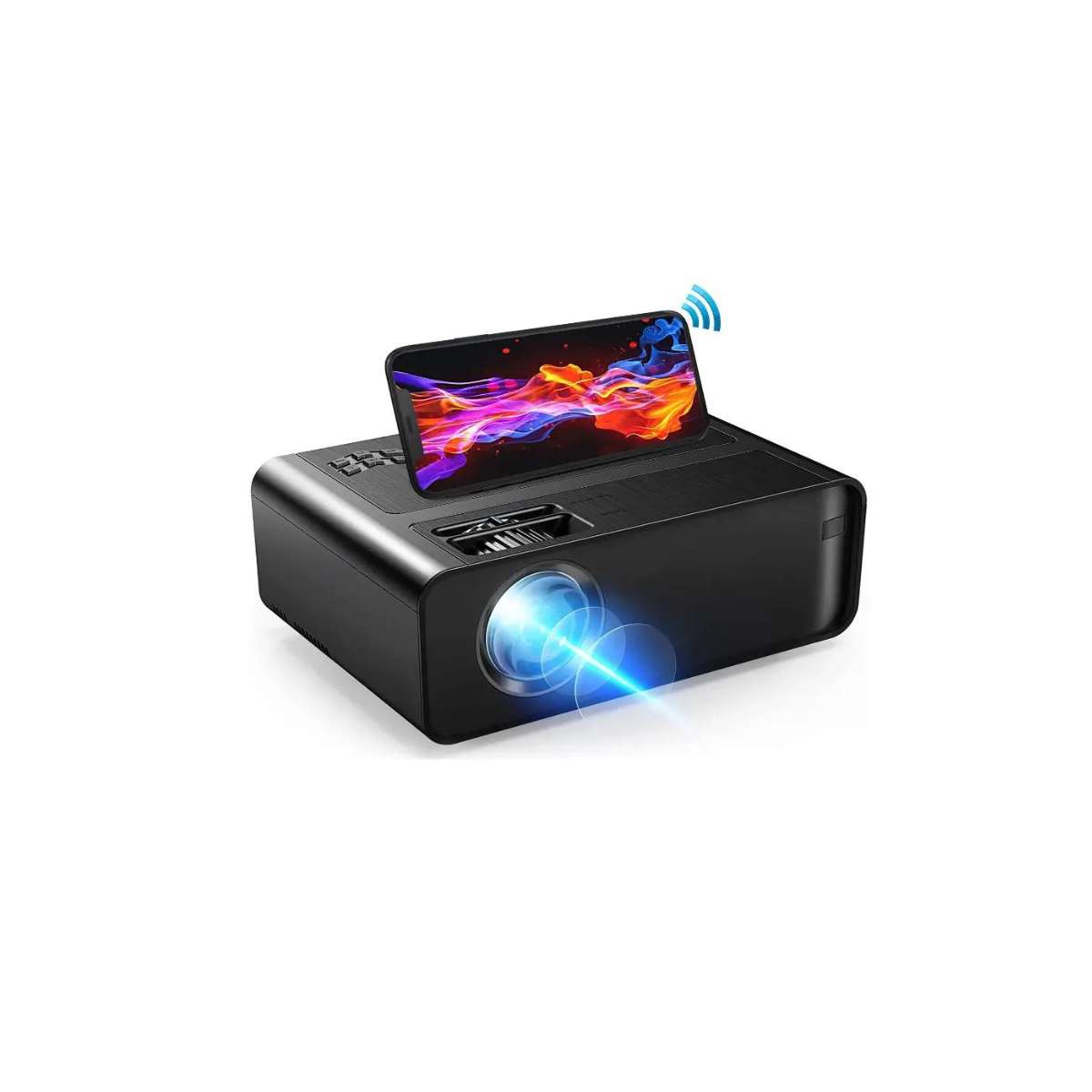

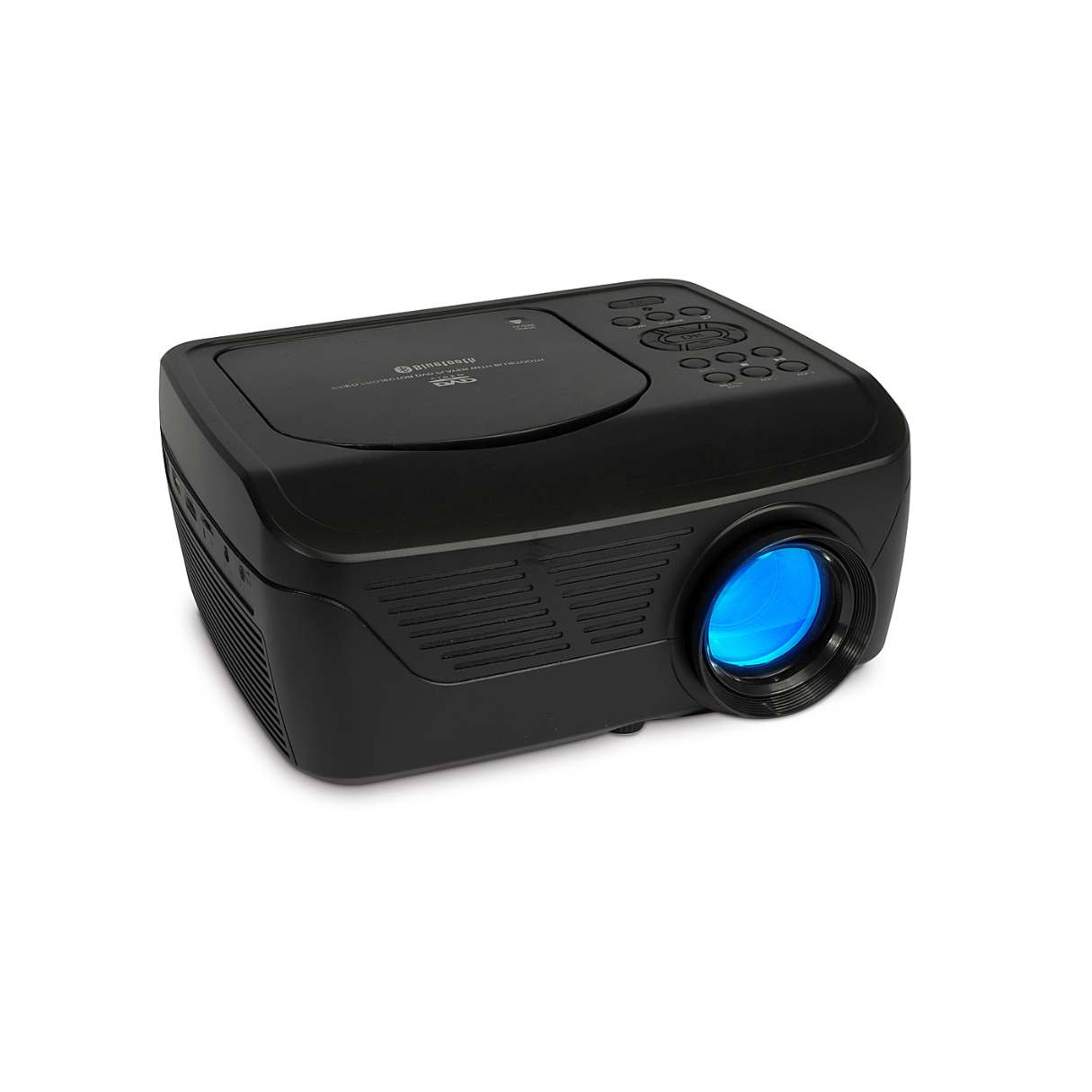
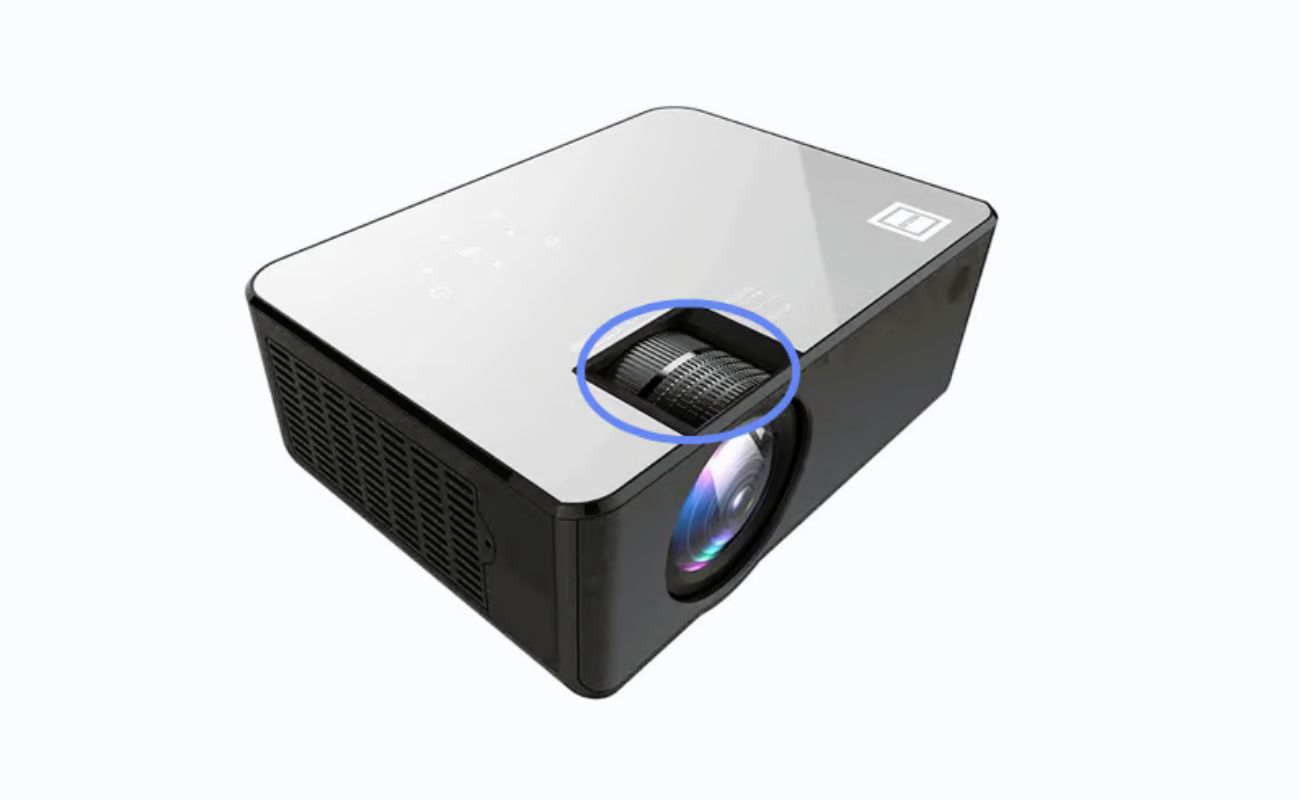
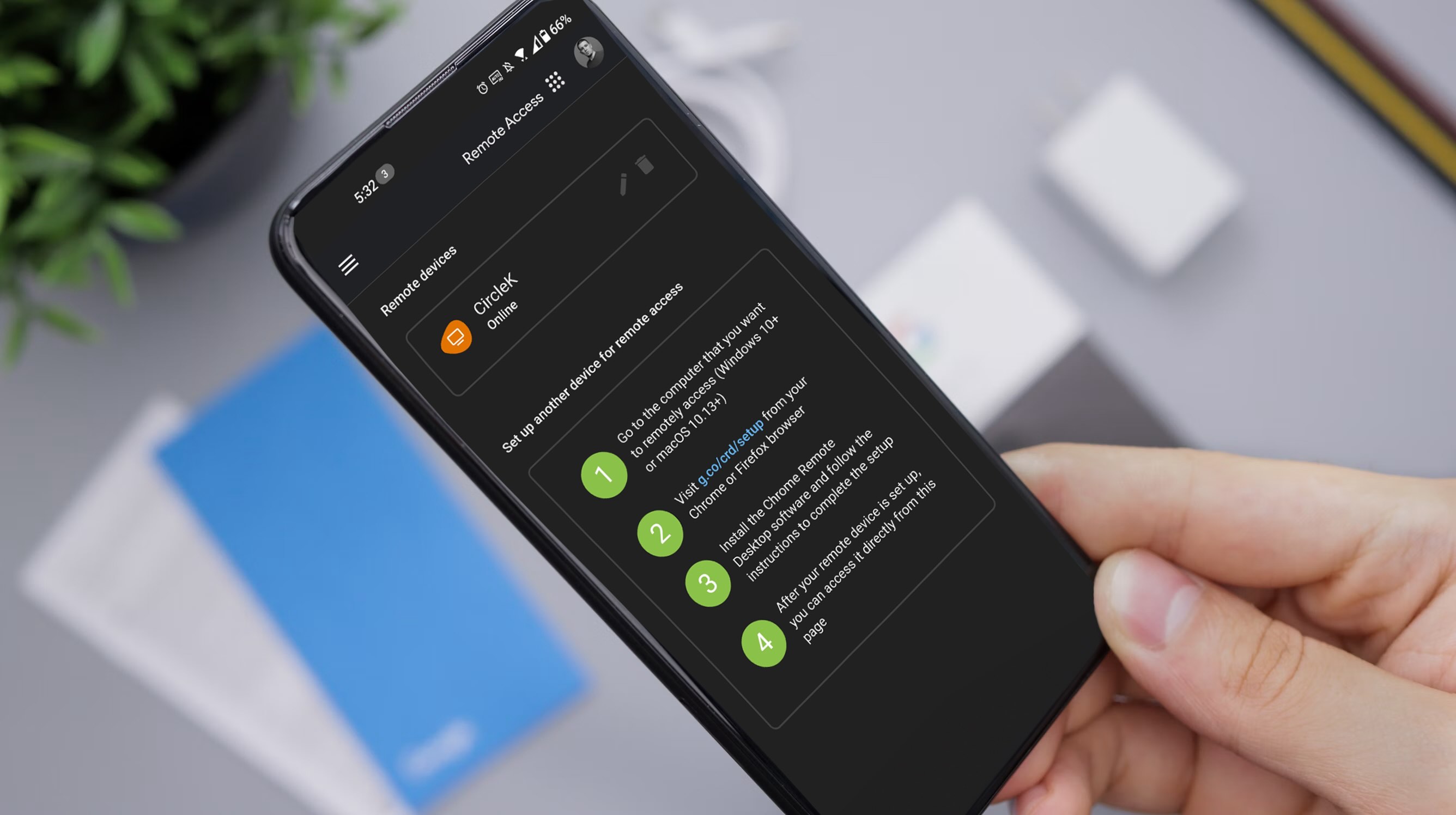
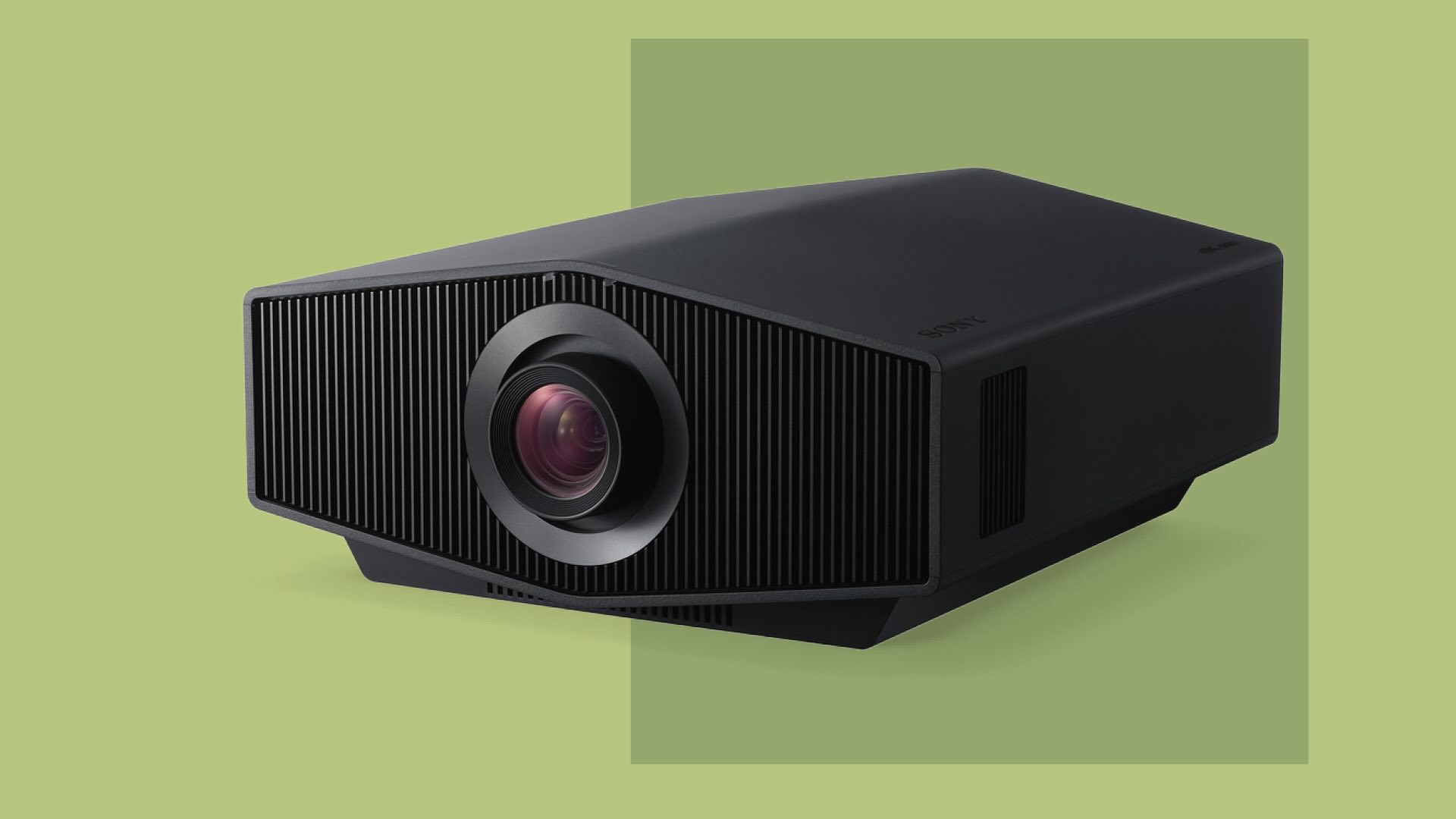
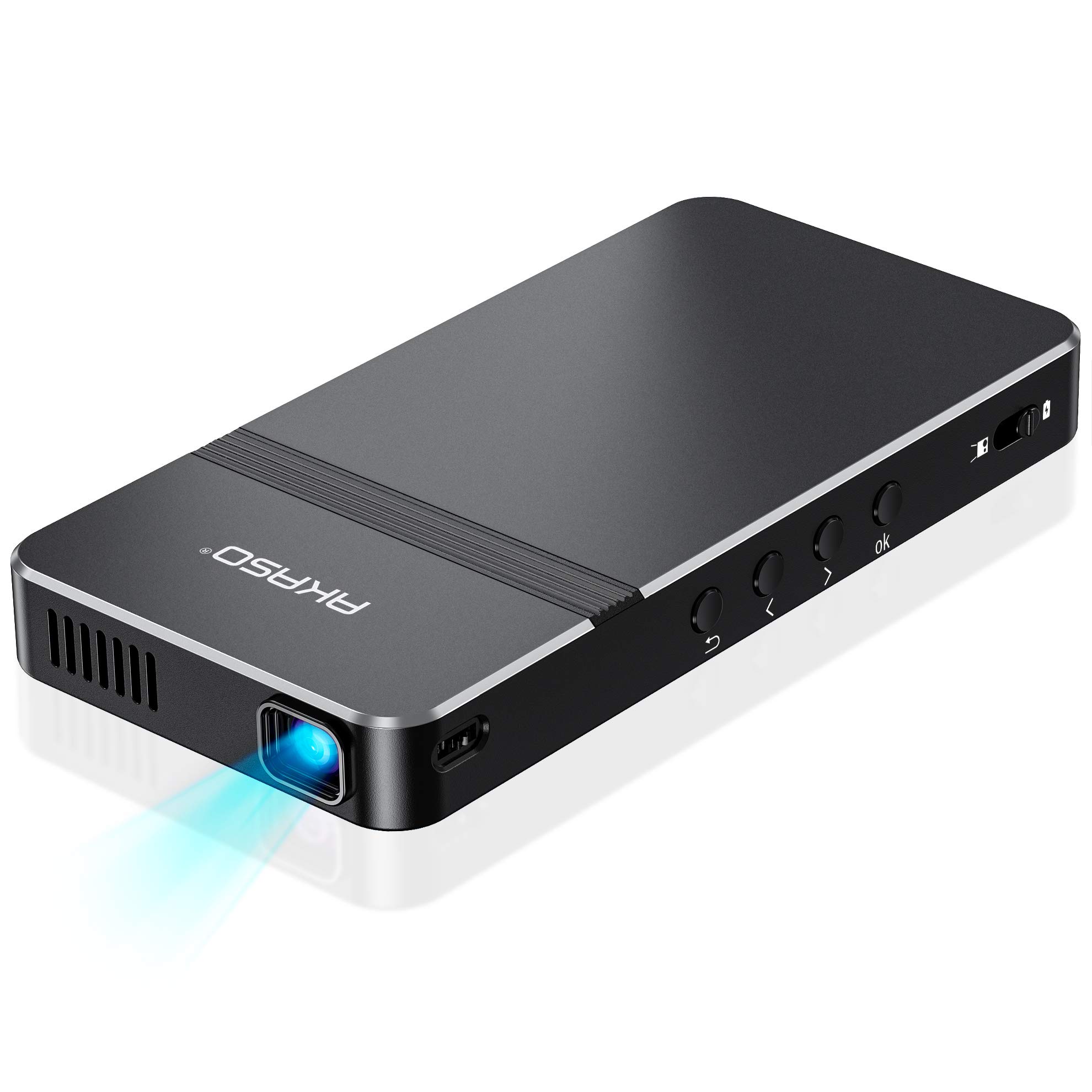
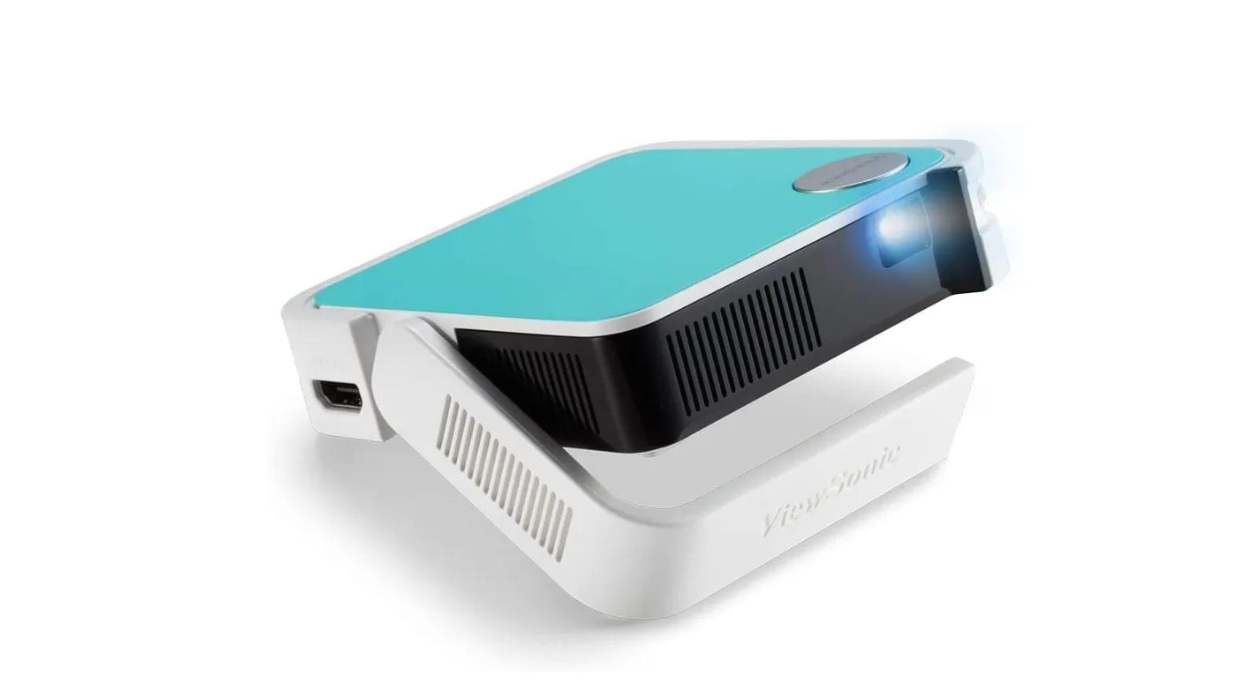

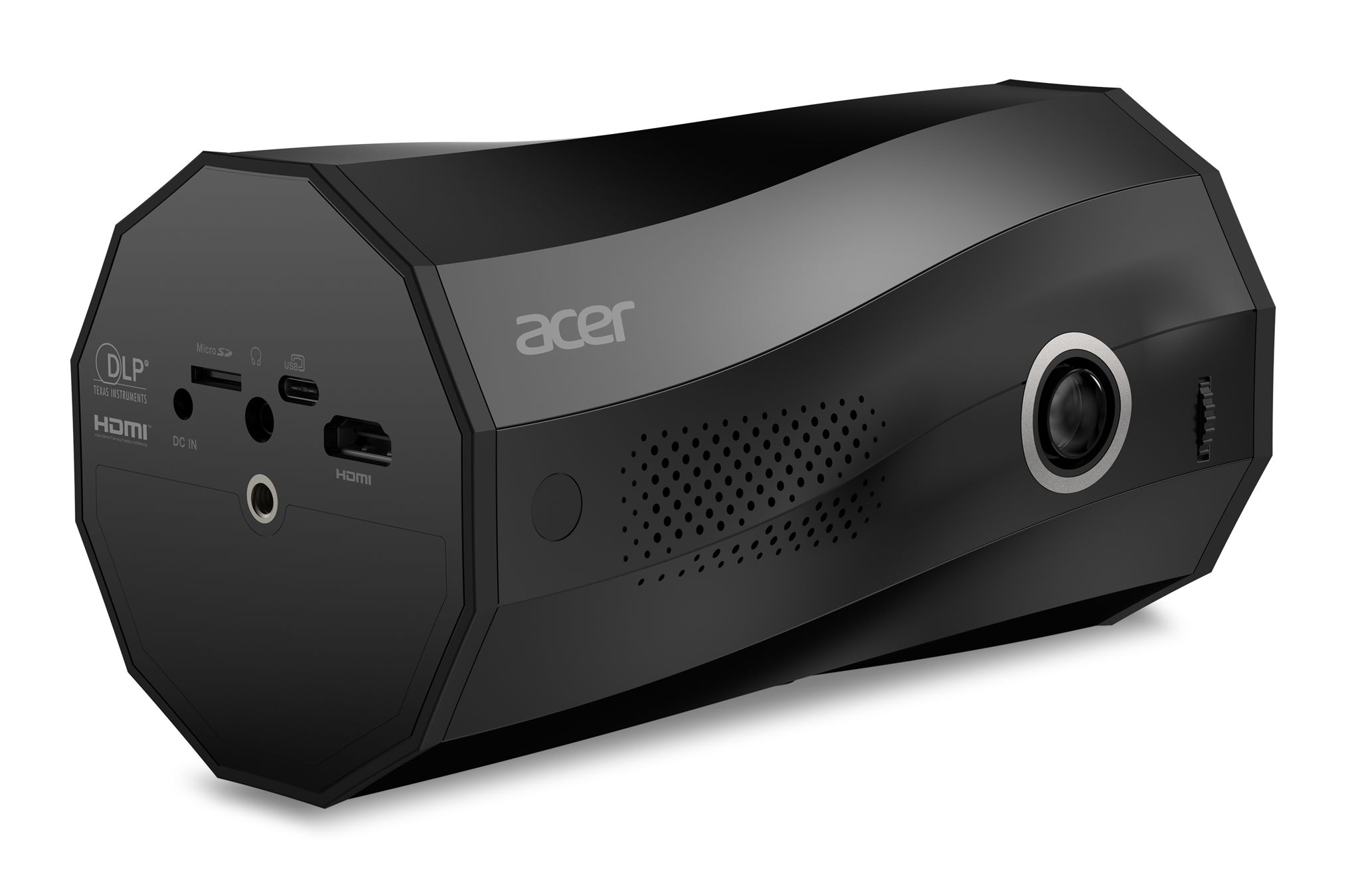
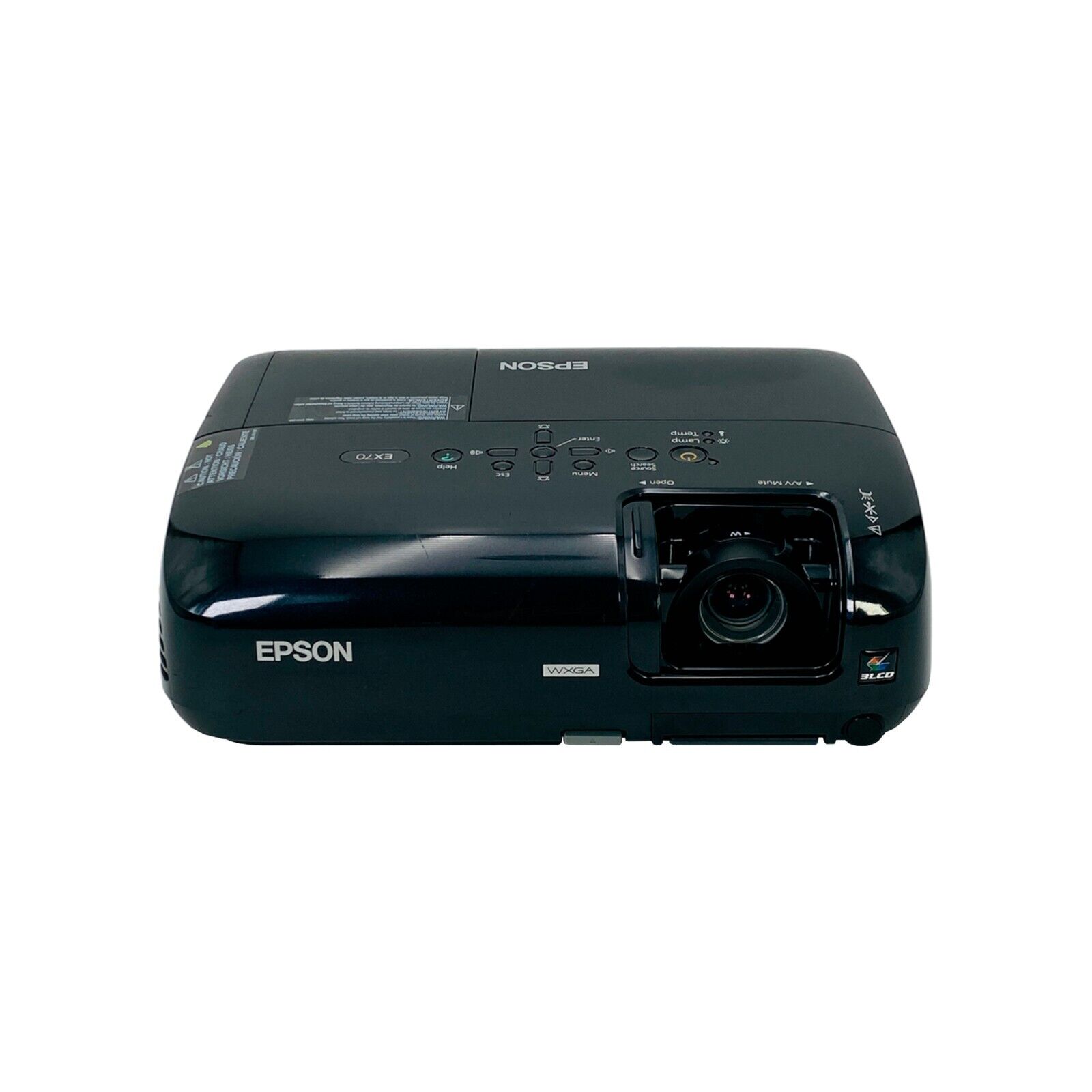

0 thoughts on “What Phone Has A Projector”